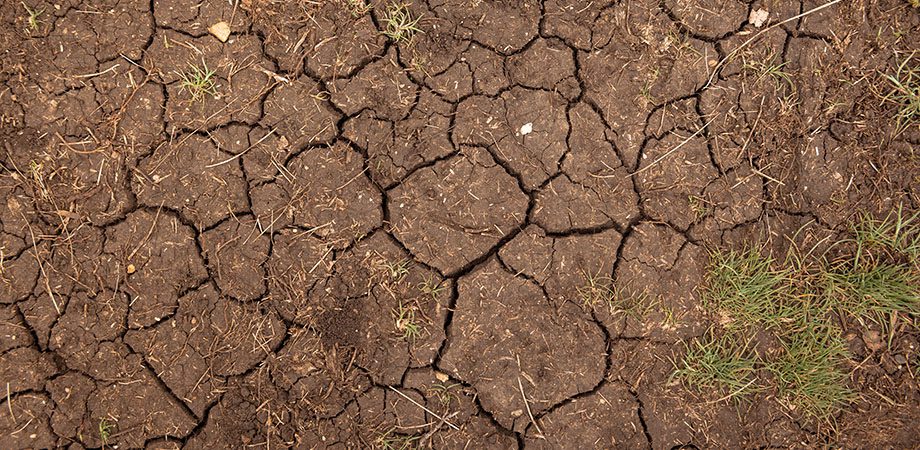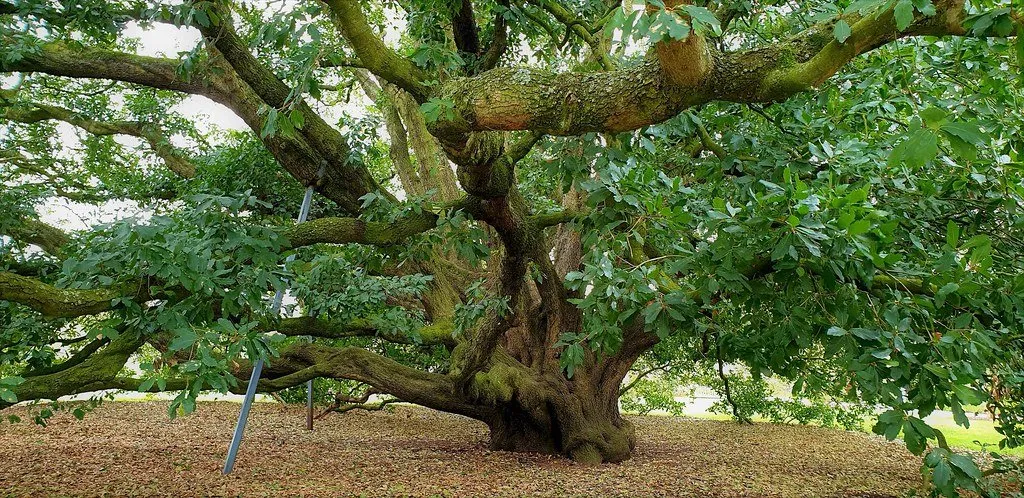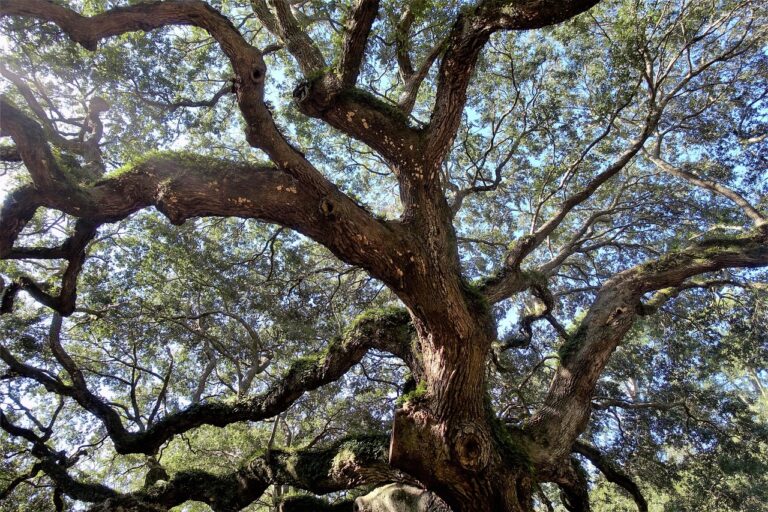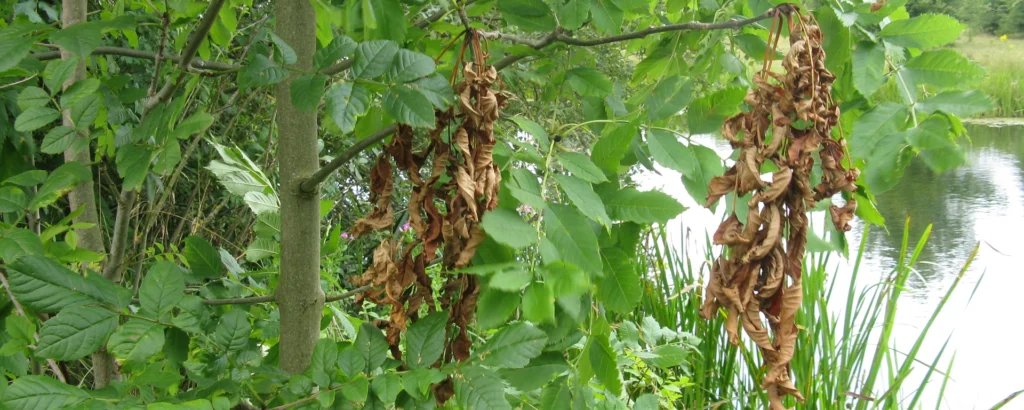As you may have read in my previous blog post The Importance of Ancient Trees for Wildlife and People, ancient trees are one of the most important and specialised habitats in Europe and therefore we need to be taking actions to protect these ancient trees for future generations. But why do we need to be protecting these ancient trees? What factors are actually threatening their existence?

Soil Compaction
One of the main goals of the Protecting Ancient Trees campaign is to teach people about the importance of ancient trees, the threats posed to them and how we can help. The main factor I am focussing on is soil compaction. This is an important issue, but one which is possibly the least heard of and least understood by the public. For example, do you know why you should park in designated parking spaces and not on verges? And why sticking to the main paths is always advised? This is all to do with soil compaction.
Soil compaction occurs when machinery and footfall cause the pore space within the soil to reduce, which restricts the development of the roots. Stunted root development can increase the risk of trees being blown over in storm conditions. It can also reduce the absorption limit of the soil, resulting in extreme wet and dry conditions during drought and after heavy rainfall. Compaction can occur by heavy farm machinery moving over soil and from trampling by livestock. This usually occurs when they are shading or sheltering from the weather. Extended and sustained footfall by humans and other animals also contribute to the compaction of soil.

The Turner Oak – Kew Gardens
An example of soil compaction comes from the Turner Oak in Kew Garden, which was the inspiration for my project. The tree was planted in 1798 and prior to 1987 was noticeably declining in health. A storm in 1987 brought hurricane force winds to the UK and 15 million trees were blown over. This included the Turner Oak which was torn out of the ground, but then fell back in its hole waiting for the management to take it down. However, when this time came around three years later, and management were ready to cut the tree down, they noticed it was healthy. Not just healthy, but revitalised and growing again, with the tree putting on a third of its entire growth since 1987, significantly faster than the 200 years before then.
When the roots were pulled out of the ground, it broke up the soil around the tree, allowing air and water around the roots again. Unknowingly, over previous decades, visitors walking around the tree had compacted the soil, preventing water to rain down effectively and also squeezing out any air or gases in the gaps between soil particles. These gaps are not only important for the tree’s roots to get gases, but for the whole microbiome and all of the microfauna in the soil to be able to breathe and keep the soil healthy. The visitors, by compacting the soil around the tree, were unaware that they were slowly killing it.

Poor Management
Trees can be threatened both by poor management of the tree itself and from the management of the area surrounding the tree.
Younger trees can pose competition for nutrients and resources, and there is the risk that they may engulf the ancient tree and prevent sunlight from reaching it. Therefore, young trees need to be maintained at a manageable size, however this needs to be done overtime, as sudden exposure to strong sunlight may damage the ancient tree. Furthermore, dry vegetation in the understory may pose a fire risk, which can kill ancient tress. This should be reduced, whilst still maintaining a diverse habitat for wildlife.
As we know, ancient trees tend to monitor their own growth and as they become older their crown size reduces and their trunk becomes wider. However, this natural stabilisation is not always possible when poor management gets involved. For example, some trees may have heavy branches which can easily snap off, so good management could aid the trees health. However, there is a fine line between killing the tree by cutting it too much or it naturally collapsing due to a lack of involvement.
People who own trees or have them on their land need to make sure that they keep them safe, especially if they are publicly accessible. The risk of being hit by a branch or a falling tree is usually very low, except in high wind events. However, due to legal obligations, landowners may take the cheapest or easiest route, to cut the tree back or perform inappropriate management techniques to keep it safe.
Climate change and the future
As mentioned in the previous blog, some specialist species rely on certain stages of an ancient trees life cycle for development. Therefore, it is important that we ensure there are new generations of trees which can develop into ancient ones and ensure continuity. As at the moment there is a distinct loss of ancient trees and lack of regeneration to replace them.
The lifecycle of an ancient tree naturally provides resilience to conditions, for example reducing crown size which increases stability. However, as we have seen over the past few years, there are even more extreme weather events taking place which are threatening them. This includes the extreme temperatures, storms and flooding events.

Pests and Diseases
Pests and diseases are also taking advantage of the changes in climate, expanding their range to areas where they were previously unknown. At the moment Ash Dieback and Acute Oak Decline are diseases which are currently threatening these species. We lack biosecurity measures when visiting sites, and visitors and animals often unknowingly transfer pests and diseases to new sites.
The next blog will look at the current protection given to ancient trees and what we’d like this to look like in the future. Including some practical advice about how YOU can help to protect ancient trees too!